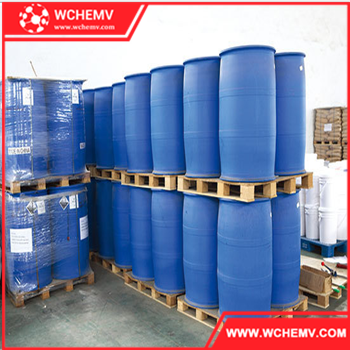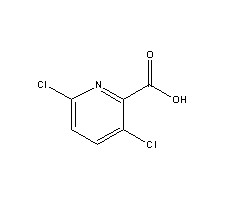
Clopyralid
| CAS NO: | 1702-17-6 |
| Molecular weight: | 157.5545 |
| EC NO: | 216-935-4 |
| Molecular formula: | C6H3Cl2NO2 |
| InChI: | InChI=1/C6H4ClNO2/c7-4-2-1-3-8-5(4)6(9)10/h1-3H,(H,9,10) |
| Specifications: | No data |
| Packing: | 25KG/Drum, 200L/Drum, 20L/Drum, 5L/Bottle, 1L/Bottle,etc |
| Nickname: | No data |
Product Uses
Clopyralid Mode of action Selective systemic herbicide, absorbed by the leaves and roots, with translocation both acropetally and basipetally, and accumulation in meristematic tissue. Exhibits an auxin-type reaction. Acts on cell elongation and respiration. Clopyralid Uses Post-emergence control of many annual and perennial broad-leaved weeds of the families Polygonaceae, Compositae, Leguminosae, and Umbelliferae, in sugar beet, fodder beet, oilseed rape, maize, cereals, brassicas, onions, leeks, strawberries and flax (at 70-300 g a.e./ha), and in grassland and non-crop land (at 300-560 g a.e./ha). Provides particularly good control of creeping thistle (Cirsium arvense), perennial sow-thistle, coltsfoot, mayweeds, and Polygonum spp. Phytotoxicity Good crop tolerance of graminaceous, cruciferous and chenopodiaceous crops. Clopyralid Formulation types SG; SL.
Product Structure






